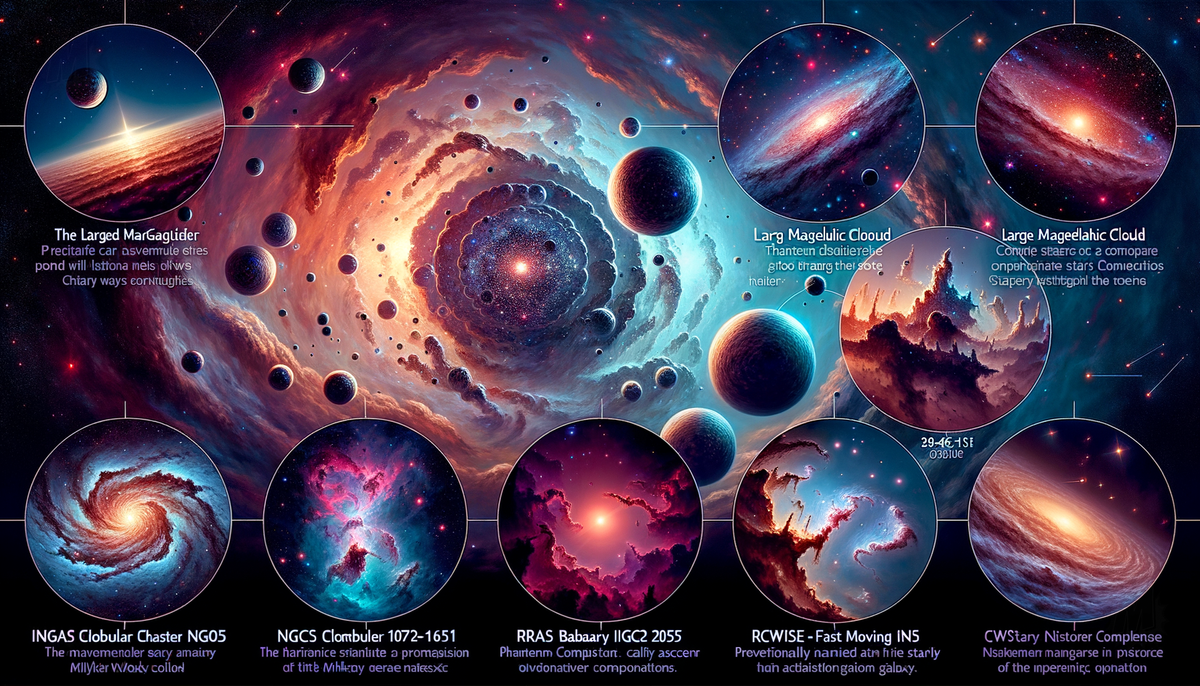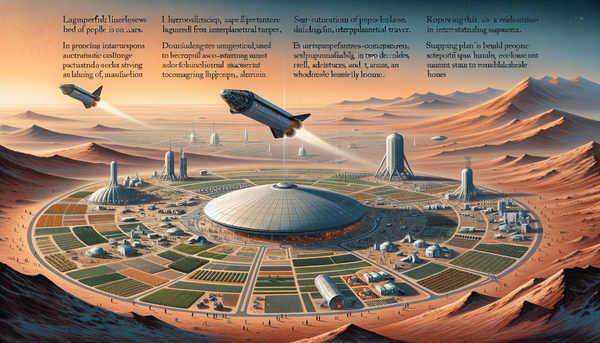Hubble Spots Massive Binary Protostar in RCW 7 Nebula

The Hubble Space Telescope has captured an image of the globular cluster NGC 2005, located 750 light-years from the core of the Large Magellanic Cloud (LMC), the largest satellite galaxy of the Milky Way. The composition of the stars within NGC 2005 differs from neighboring stars, indicating it is a cosmic fossil. This discovery supports the theory that the LMC underwent a merger with another galaxy in its history, contributing to the scientific understanding of galaxy evolution via mergers.
In another significant discovery, astronomers using the Hubble Space Telescope have identified a massive binary protostar in the RCW 7 Nebula, located approximately 5,300 light-years away in the constellation of Puppis. The pair of protostars, named IRAS 07299-1651, emit strong ionizing radiation and stellar winds, transforming the nebula into an H II region filled with hydrogen ions. The observations were made using Hubble's Wide Field Camera 3 (WFC3), and the protostars are estimated to have a minimum total mass of 18 solar masses.
Additionally, the NASA/ESA/CSA James Webb Space Telescope has been used to investigate the composition of the Crab Nebula, a supernova remnant located 6,500 light-years away in the constellation Taurus. Data gathered from the telescope's MIRI and NIRCam instruments have provided new insights into the nebula's history and composition, suggesting it may have resulted from an electron-capture supernova. However, the observed rapid motion of the pulsar and other inconsistencies leave room for alternative explanations, such as an iron-core-collapse explosion.
Meanwhile, astronomers searching for evidence of "Planet 9" have discovered a fast-moving star, named CWISE J124909+362116.0, which is potentially a hypervelocity star capable of escaping the galaxy. The discovery was made as part of the citizen science project Backyard Worlds: Planet 9, which involved 80,000 volunteers examining data from NASA's Wide-field Infrared Survey Explorer (WISE) mission. The finding was announced at the 244th Meeting of the American Astronomical Society and will be published in The Astrophysical Journal Letters.




